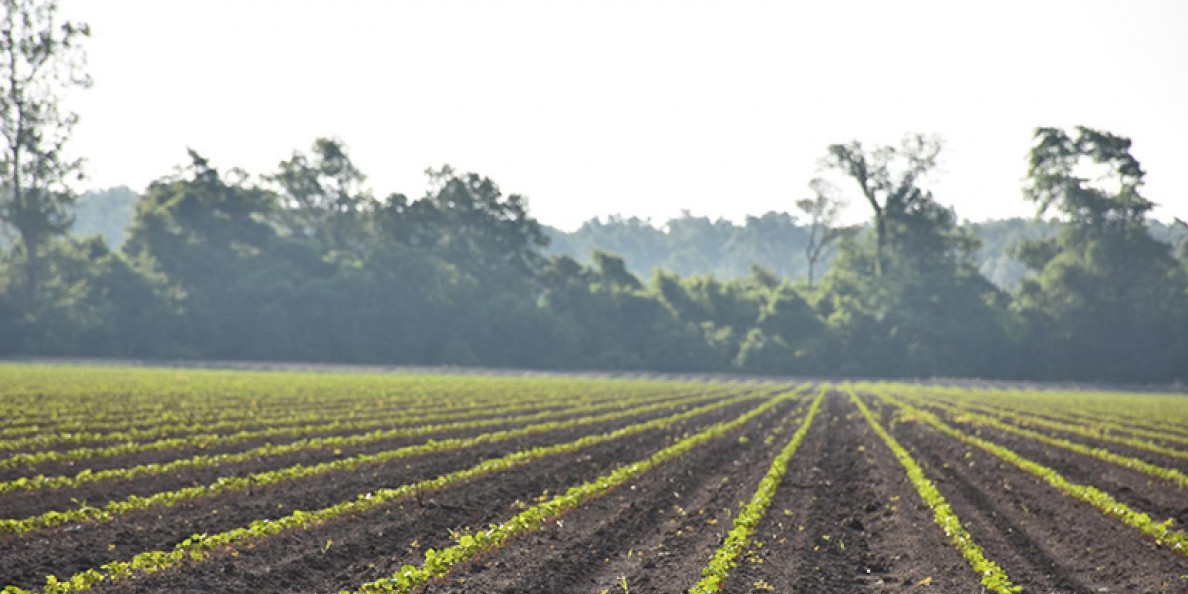2020 is destined to be an extraordinary year. The expectation of a weak market recovery is disrupted by a pandemic, and it is still accelerating overseas. U.S. stocks have triggered circuit breaker twice a week. The shadow of systemic risks has shrouded in every corner of the capital market. Under the shroud of such a high risk, cotton cannot be shrugged off. The major supply of domestic cotton in 2019/20 season-the output is basically determined, but it is difficult to predict when the consumption will improve. There is still a large amount of 2018/19 cotton to be digested. It seems that the new cotton in 2019/20 may be also inevitable to carry over to the next season. This report will analyze the cotton consumption pressure through the supply-consumption expectations and stock/consumption ratio.
1. Supply

The primary supply in domestic market is the new cotton output in 2019/20. According to the latest ginning data, as of Mar 4, ginning volumes of Xinjiang cotton have totaled 50.011 million tons, a decrease of 1.88% compared with the same period last year. Due to the strict control in Xinjiang amid the pandemic, the local ginning factories begin to restart gradually till Mar 10. The new cotton processing originally expected to end earlier than last year is expected to be postponed, but the remaining new cotton that needs to be ginned in Xinjiang is not large, as well as the situation in inland. According to CCFGroup, new cotton output is expected to reduce by 3% year on year in 2019/20 season.

Barring the output, another supply is the import. From Sep to Dec 2019, China has imported 415kt of cotton, a fall of 30% year on year. In Jan-Feb 2020, it is understood that the arrivals of imported cotton are relatively large. In Mar, ICE cotton futures market steps downward, and US cotton is in the list of tariff exemption. With the return of cost performance of US cotton, buyers may turn to purchase US cotton. But in face of domestic consumption pressure, the imports may decrease overall in 2019/20 season. According to CCFGroup, imports are assessed at 1.50 million tons, down 26% year on year.
2. Demand
Affected by the pandemic, domestic cotton consumption is expected to decline significantly from Jan to Feb 2020, a decrease of 34% compared with the same period last year. After returning from the long Spring Festival holiday, the downstream plants rushed to conclude the pre-holiday orders first, and the delivery was acceptable. Later, the new market demand is dull, and sales weaken gradually. Besides, the accelerated development of overseas virus also affects export orders. Textile and apparel industry also has the feature of seasonality. It is expected that consumption may be hard to improve in Mar-Apr. According to the current pandemic situation, cotton consumption in 2019/20 season is temporarily estimated to decrease by 7.4%-12.3% (0.6-1 million tons), but if overseas pandemic are not well controlled, cotton consumption may be lowered further.

In addition, the possible state reserved cotton sales may also affect the liquidity of cotton stocks on the market. As of Mar 12, 215,000 tons of 2019/20 Xinjiang cotton have been reserved into state warehouses, and there are 12 working days to end the reserves. The reserving volumes may reach 300,000 tons. It is still uncertain that whether the state reserves sales will be implemented in May or not. We assume that the selling volumes of reserved cotton are 0 or 500,000 tons.

Looking from the chart, Chinese cotton stocks have been accumulating in recent seasons. Under an optimistic estimation (that is, consumption is reduced by 7.4% and reserve cotton is not sold), the domestic cotton stock/consumption ratio in 2019/20 season may be 46%, down 2% from the previous season. If consumption is reduced by 12.3% and selling volumes of reserved cotton are 500,000 tons, the domestic cotton stock/consumption ratio may be 58%, an increase of 10% from the previous season. In 2019/20 season, the domestic cotton stock/consumption ratio may change in the range of 46% to 58%, but the market is still shrouded by huge systemic risks. Consumption may continue to decline, and selling volumes of reserved cotton are uncertain. It can be seen that the domestic cotton consumption pressure in 2019/20 season is relatively large, and the cotton in 2019/20 may also carry over a lot to the next season.

Currently, Zhengzhou major cotton contract has reached a new low after Mar 2016 and it is unknown when the systemic risk will be lifted. In the case of cotton prices have fallen to historical lows, the cotton price may have a restorative upswing after the systemic risk is lifted. Besides, the influences of locust plague in Pakistan and India and the US cotton output reduction are still on. Besides, domestic 2020 cotton target price scheme has not been issued. However, the upward space of cotton prices in late market shall be viewed cautiously on concern about consumption and output. |







